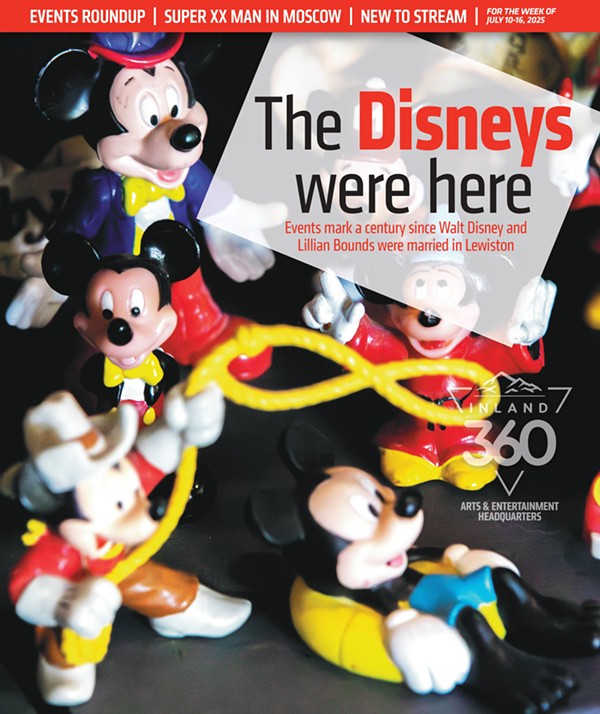
Associated Press
Flags affirming LGBTQ identity dress the fencing surrounding the Stonewall National Monument on June 22, 2022, in New York.
Library of Congress Women’s, Gender, & LGBTQ+ Studies librarian Meg Metcalf incorporates video footage and photographs in her brief essay “The History of Pride: How Activists Fought to Create LGBTQ+ Pride,” available on the Library of Congress website at bit.ly/PrideHistoryLOC.
Facts from Metcalf’s piece include:
- The first Pride marches happened in New York, Los Angeles and Chicago on June 28, 1970, one year after the Stonewall Uprising. The Stonewall Uprising, during which LGBTQ+ protesters clashed with police at the Stonewall Inn, a popular gay bar in New York, is considered a pivotal moment in LGBTQ+ activism.
- Metcalf writes that Pride traditions were adapted from the Reminder Day Pickets held annually from 1965-69 on July 4 at Independence Hall in Philadelphia, organized by the Eastern Regional Conference of Homophile Organizations, or E.R.C.H.O.
- The first event, dubbed the Christopher Street Liberation Day for the street where the Stonewall Inn is located, “was a resounding success, the thousands of attendees surpassing organizers expectations,” according to Metcalf.
“And each of these 5,000 homosexuals had a new feeling of pride and self-confidence, for that was one of the main purposes of the event — to commemorate, to demonstrate, but also to raise the consciences of participating homosexuals — to develop courage, and feelings of dignity and self-worth.”
— May 1971
















